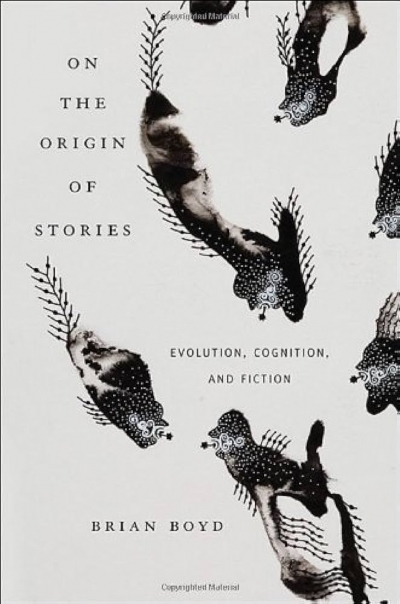What would it be like to possess two brains, each with its own view of the world and each with its own personality? Which one would be in control? Which one would be ‘you’? Of course, none of us literally has two brains. Yet we have two cerebral hemispheres, a right and a left, that in many important respects are duplicates of each other. Normally, the right and left hemispheres communicate extensively with each other, mostly via a large fibre tract known as the corpus callosum. Despite overall similarities in their organisation, there are marked left–right asymmetries in the details of how the hemispheres operate. Compelling evidence for brain asymmetry initially came from two groups of patients: those who have had a stroke affecting just one hemisphere; and those, the so-called ‘split-brain’ patients, who lack a functional corpus callosum connecting the two hemispheres, either because of a congenital defect, or as a result of surgery to ameliorate otherwise intractable epilepsy.
...
(read more)



